Oceanography Sedimentary Rock
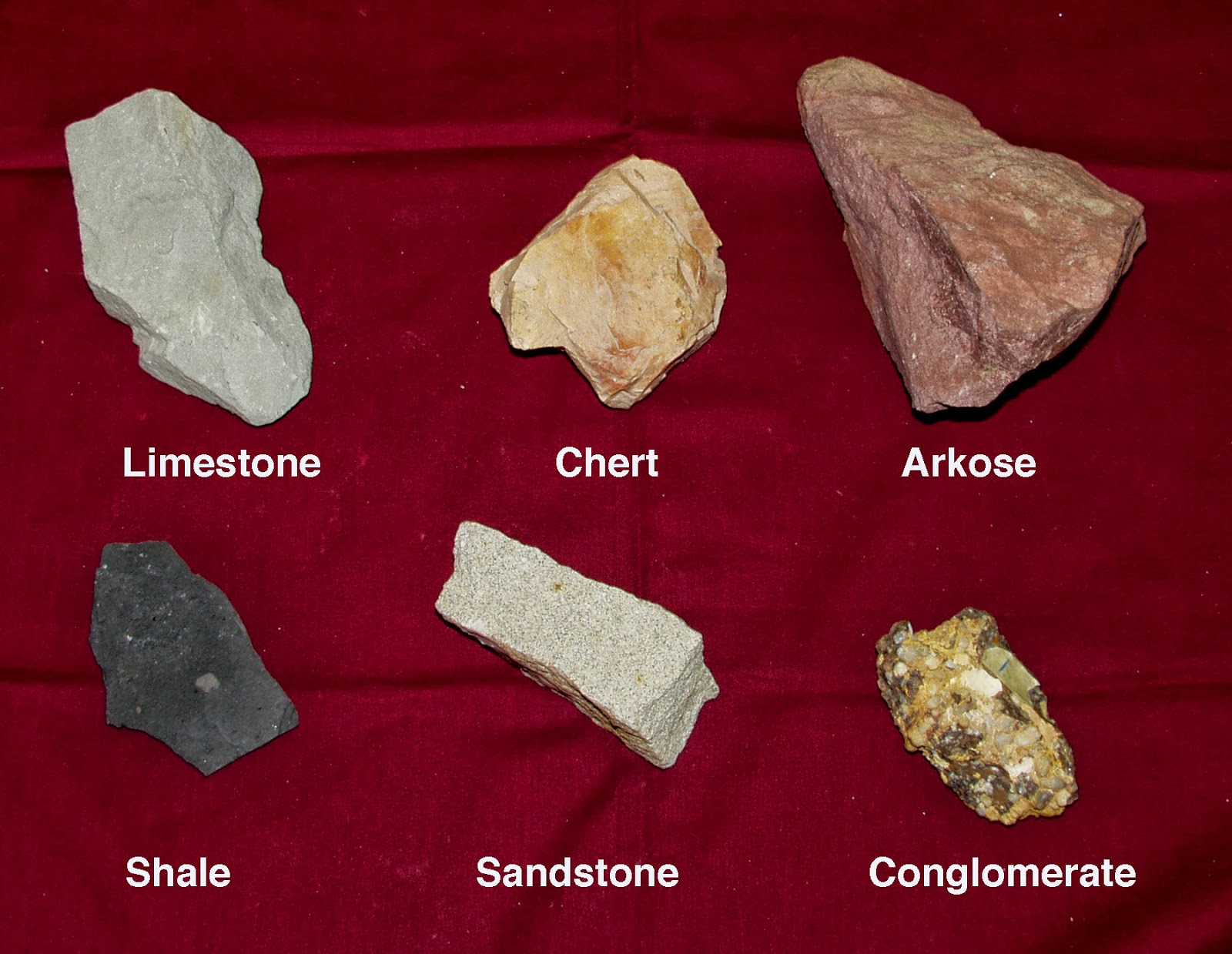
Oceanography Sedimentary Rock
These rocks include: andesite, basalt, dacite, obsidian, pumice, rhyolite, scoria, and tuff. Pictures and brief descriptions of some common igneous rock types are shown on this page. Dacite is a fine-grained, extrusive igneous rock that is usually light in color. It has a composition that is intermediate between rhyolite and andesite.
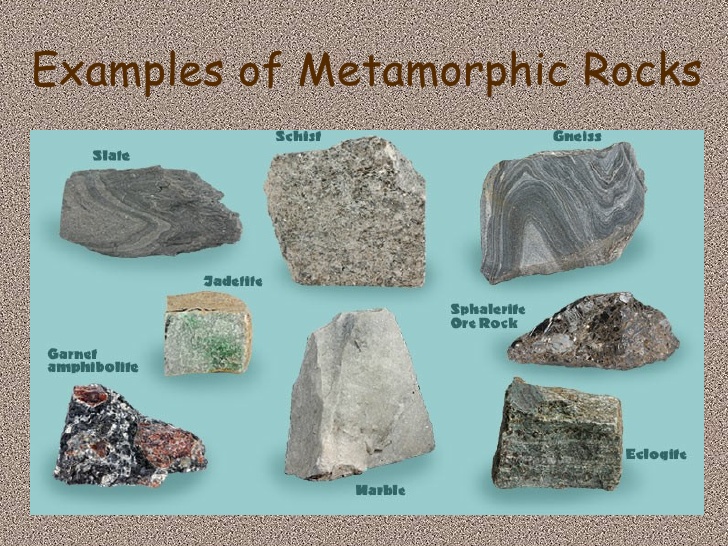
GSIAS BLOGS ROCKS FORMATIONS IN THE EARTH CRUST AND THEIR TYPES
The three types of rocks are: Igneous Rocks Metamorphic Rocks Sedimentary Rocks Igneous Rocks The first type of rock on this list are the igneous type of rocks. Igneous rocks are more than just a cool name. They're actually cool in another way. Igneous rocks are actually cooled and hardened magma.

I made a guide explaining how different types of rocks got their names
How to Identify the 3 Major Types of Rocks By Andrew Alden Updated on December 23, 2018 In geology, pictures of rocks can be used to help you best determine which of the three major types a particular rock belongs to: igneous, sedimentary, or metamorphic.
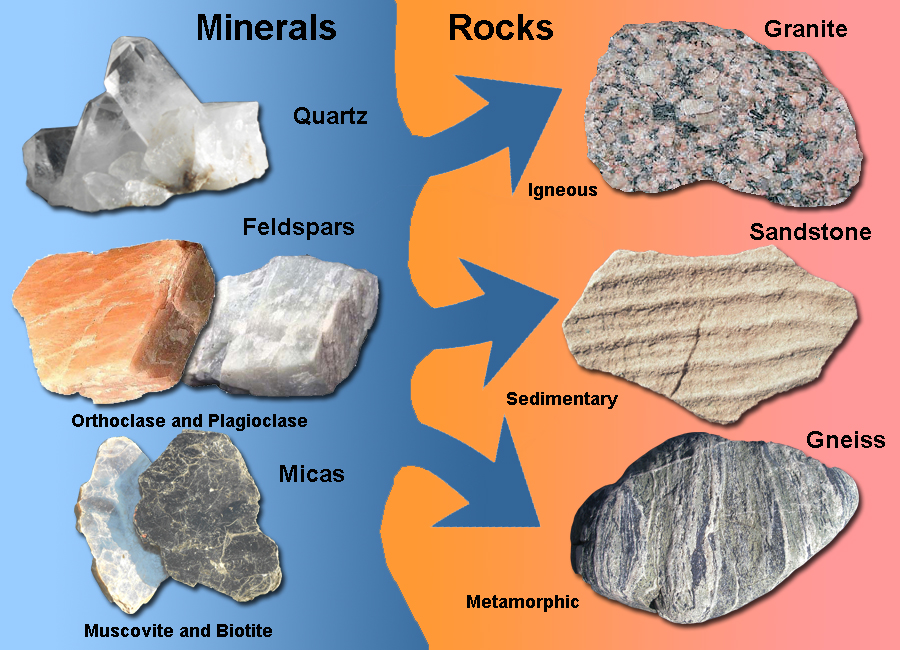
How Could the Same Minerals Form Different Rocks? Geology In
There are two basic types of metamorphic rocks. Foliated metamorphic rocks have a layered or banded appearance that is produced by exposure to heat and directed pressure. Examples of foliated rocks include: gneiss, phyllite, schist, and slate. Non-foliated metamorphic rocks do not have a layered or banded appearance.

3 Main Types Of Rocks
1 / 15 Etna's Fireworks Italy's Mount Etna provides a vivid image of one of the birthplaces of igneous rock during a night eruption. Igneous rock forms when magma cools and solidifies. (Lava is.
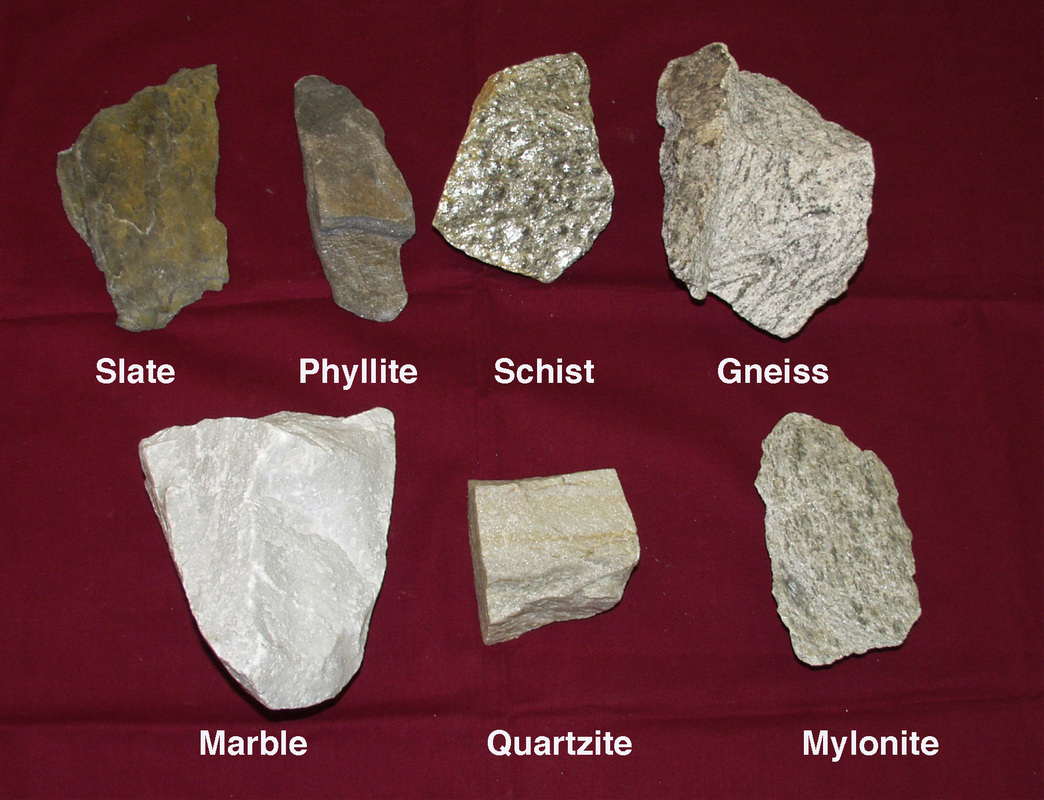
Types of Rocks and Minerals Summer's geology project
Andrew Alden Updated on February 24, 2020 Any good rockhound is bound to come across a rock that he or she has trouble identifying, especially if the location of where the rock was found is unknown. To identify a rock, think like a geologist and examine its physical characteristics for clues.

Types of Rocks Igneous, Sedimentary & Metamorphic » Selftution
The rock cycle is a series of processes that create and transform the types of rocks in Earth's crust. There are three main types of rocks: sedimentary, igneous, and metamorphic. Each of these rocks are formed by physical changes—such as melting, cooling, eroding, compacting, or deforming —that are part of the rock cycle.
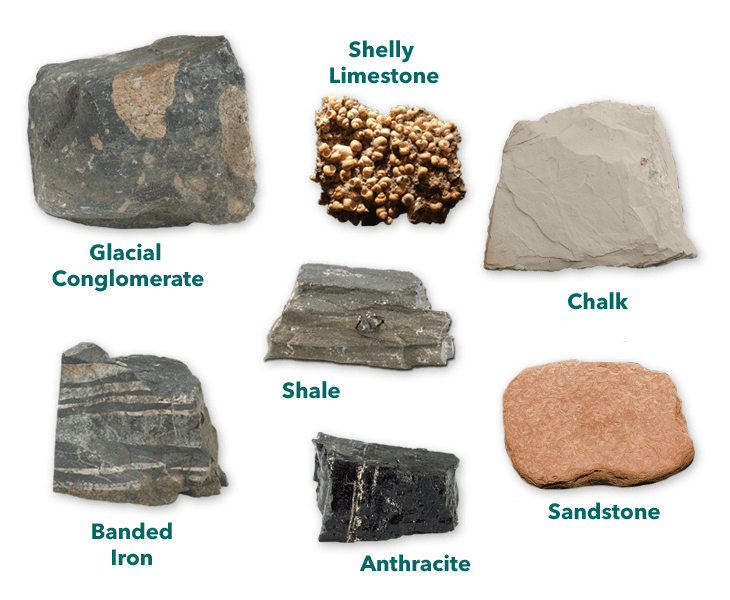
3 Types of Rock Igneous, Sedimentary & Metamorphic AMNH
Sedimentary rocks are some of the most interesting and widespread rocks found in nature. When most people think of sedimentary rocks images of colorful sandstone layers in picturesque canyons come to mind, but there is a lot more to them than that. There are many different types of sedimentary rocks, and if you know what.
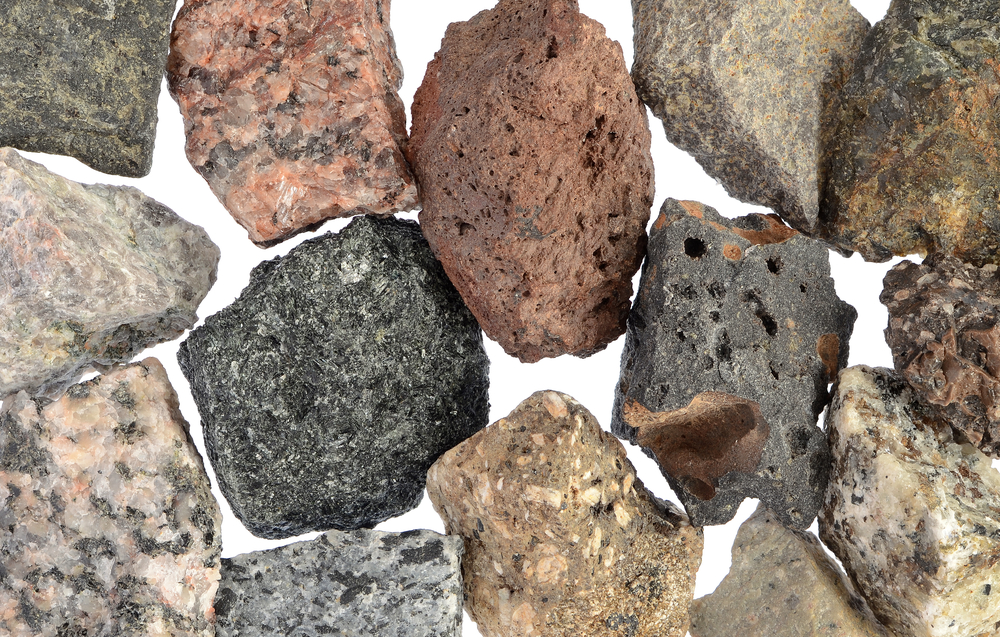
Types of Rocks Science Facts
The Three Types of Rocks. Rocks are classified based on how they were formed. The three major types are igneous, sedimentary, and metamorphic rocks. This classification is essential to geologists as it provides critical information about the history of specific regions on Earth. These rocks change forms via the rock cycle.
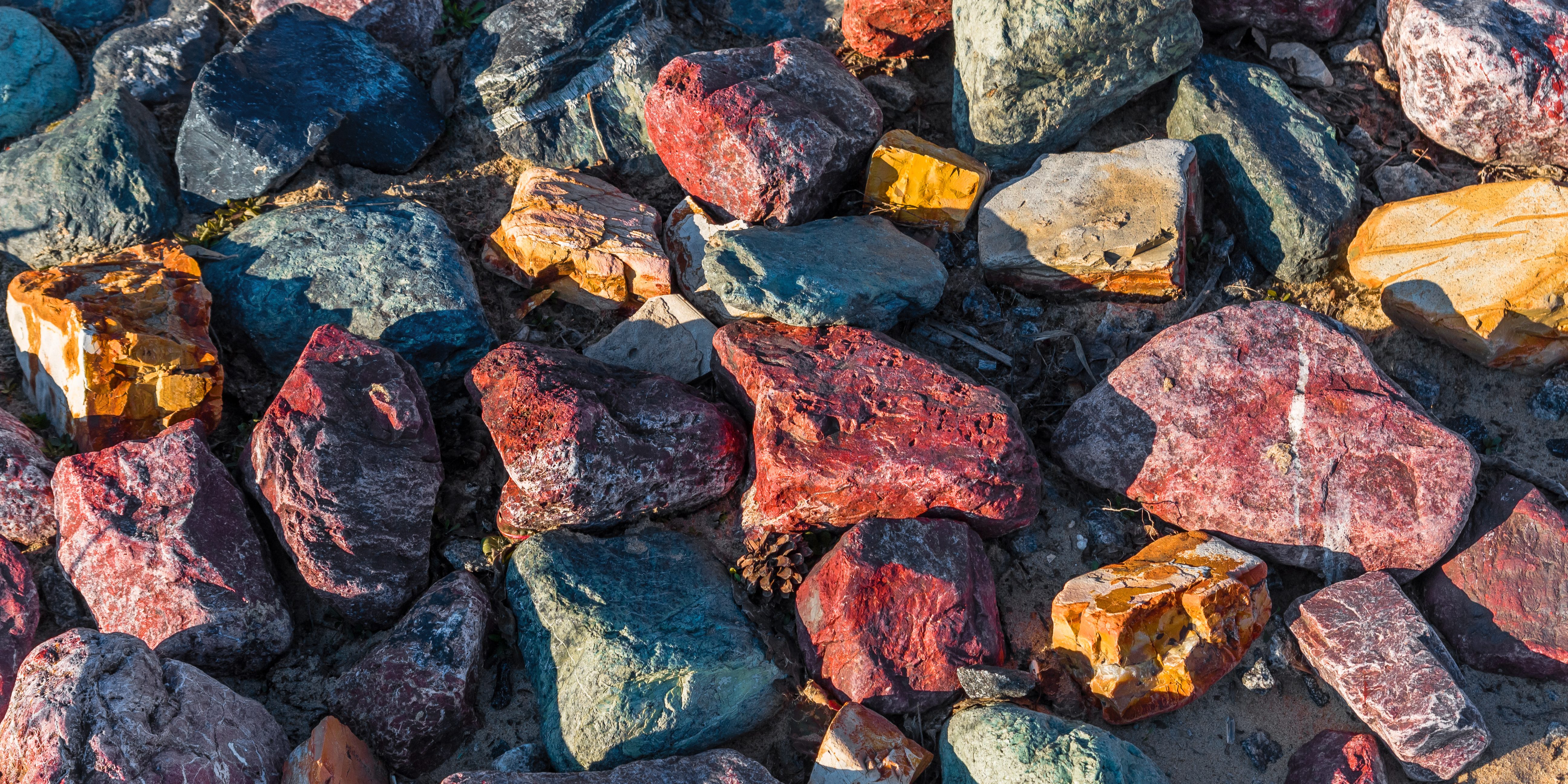
Types of Rocks Crusher Rental & Sales
Getty Images By Andrew Alden Updated on June 02, 2019 Igneous rocks are those that form via the process of melting and cooling. If they erupt from volcanoes onto the surface as lava, they are called extrusive rocks. By contrast, Intrusive rocks are formed from magma that cools underground.

Ppt The Three Different Types Of Rocks Powerpoint Presentation, Free CA6
There are three basic types of sedimentary rocks. Clastic sedimentary rocks form from the accumulation and lithification of mechanical weathering debris. Examples include: breccia, conglomerate, sandstone, siltstone, and shale. Chemical sedimentary rocks form when dissolved materials preciptate from solution.

HIGEOTICS Main types of rocks
Types of rock. Basic geology. Igneous Sedimentary and metamorphic. soil types-yellow soil type, sandy and hard rock yellow soil, soil layers, Variety type of rocks or stone isolated on white background.

Pin by Elma Gatcha on ROCK'S Igneous rock, Rock types, Igneous
Some important igneous rocks from left to right: gabbro, andesite, pegmatite, basalt, pumice, porphyry, obsidian, granite, and tuff. Still, there is a fundamentally sound reason to talk about such a vague concept as a rock type because these assemblages occur again and again in many different locations.

Types of Rocks Igneous, Sedimentary, Metamorphic
01 of 18 Amphibolite Andrew Alden Amphibolite is a rock composed mostly of amphibole minerals. Usually, it's a hornblende schist like this as hornblende is the commonest amphibole. Amphibolite forms when basaltic rock is subjected to higher temperatures between 550 C and 750 C) and slightly greater pressure range than that which yields greenschist.

The Three Types of Rocks
Pumice Rhyolite Scoria Tuff Unakite Metamorphic Metamorphic Rocks: Photos, descriptions and facts about foliated and non-foliated metamorphic rocks. Amphibolite Anthracite Gneiss Hornfels Lapis Lazuli Marble Mariposite Novaculite Phyllite Quartzite Schist Skarn Slate Soapstone Verdite Sedimentary
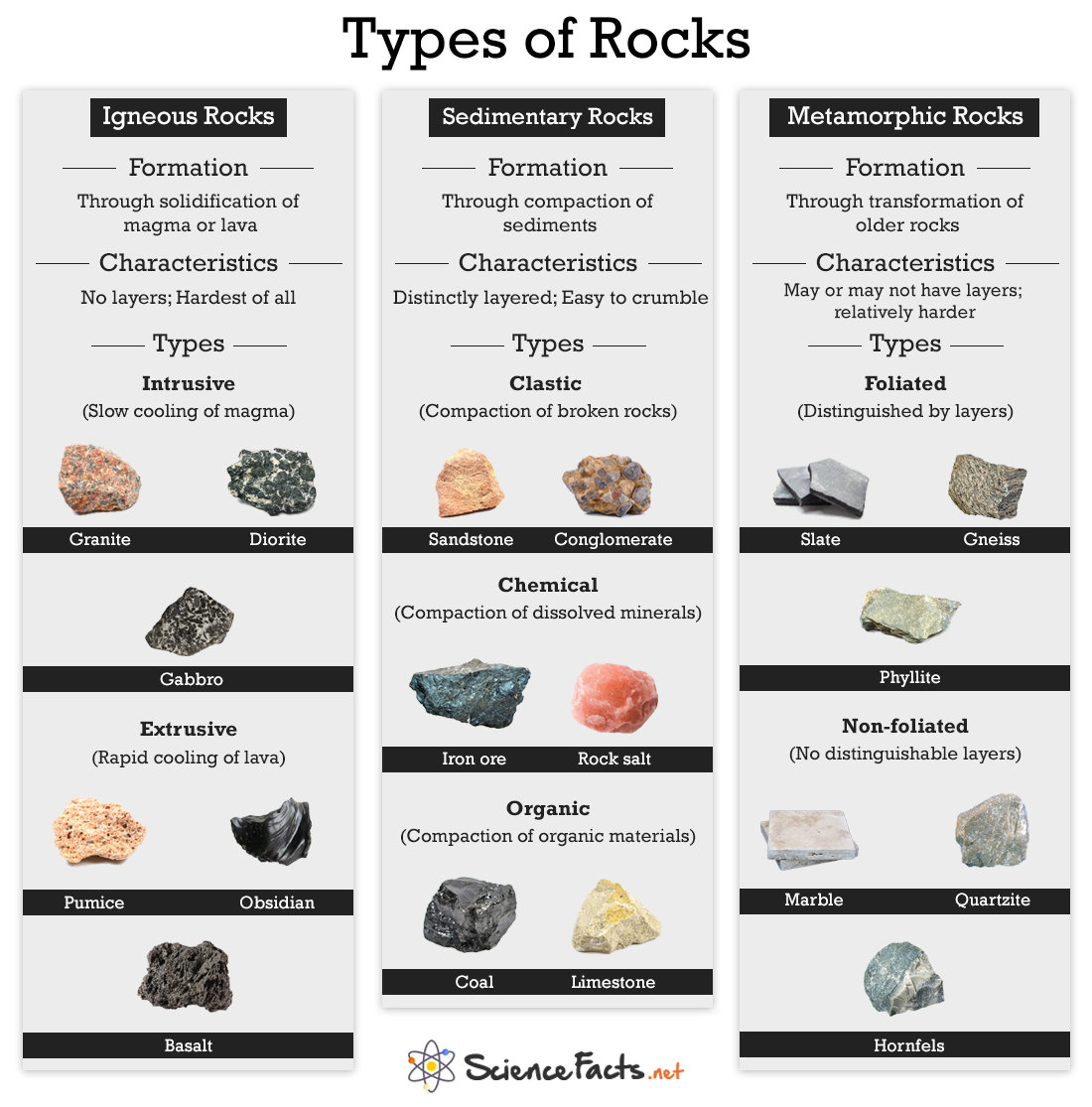
Types of Rocks Science Facts
There are four main types of foliation, all of which describe a specific type of texture and are an indicator of the degree of metamorphism a rock has undergone. Slaty - Parallel layering of fine-grained, platy minerals Schistose - Parallel layering of coarse-grained minerals